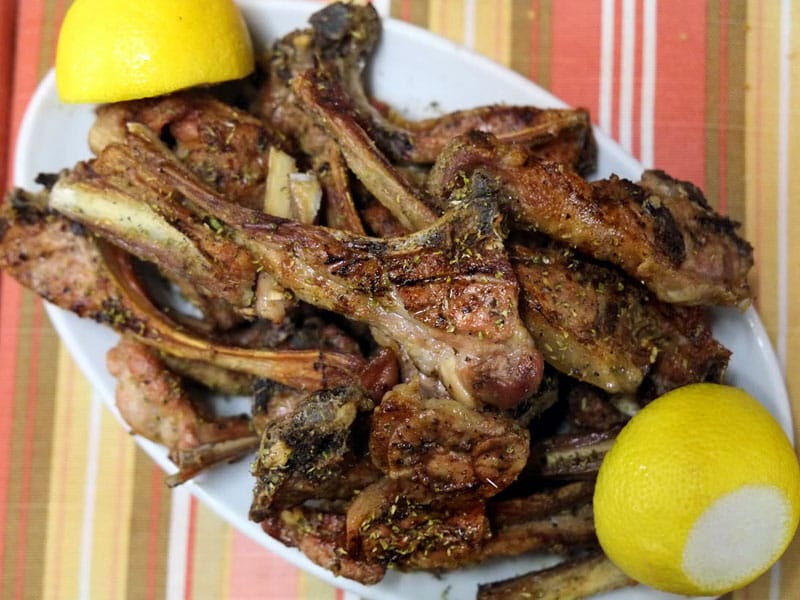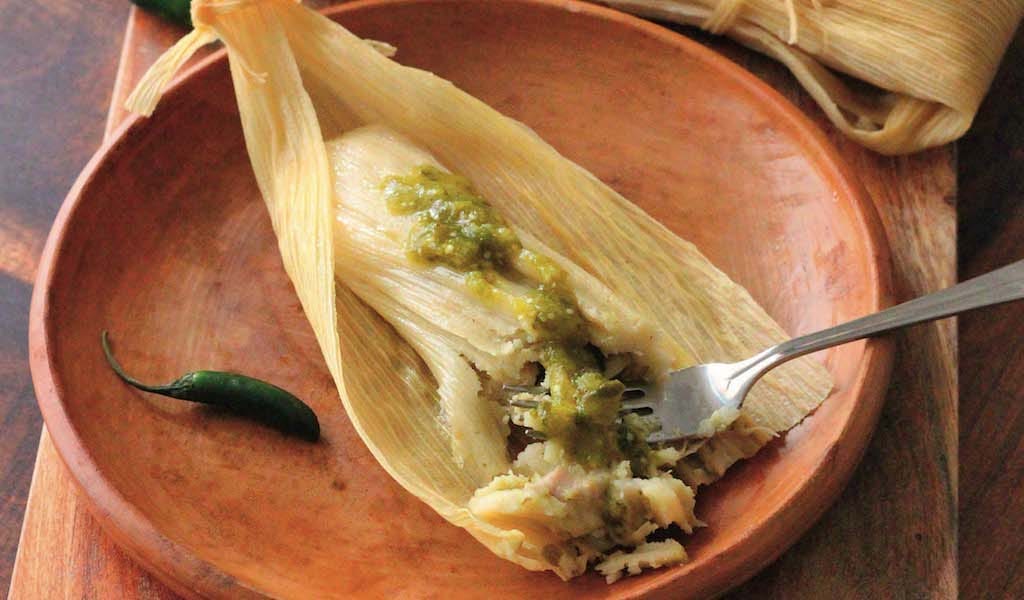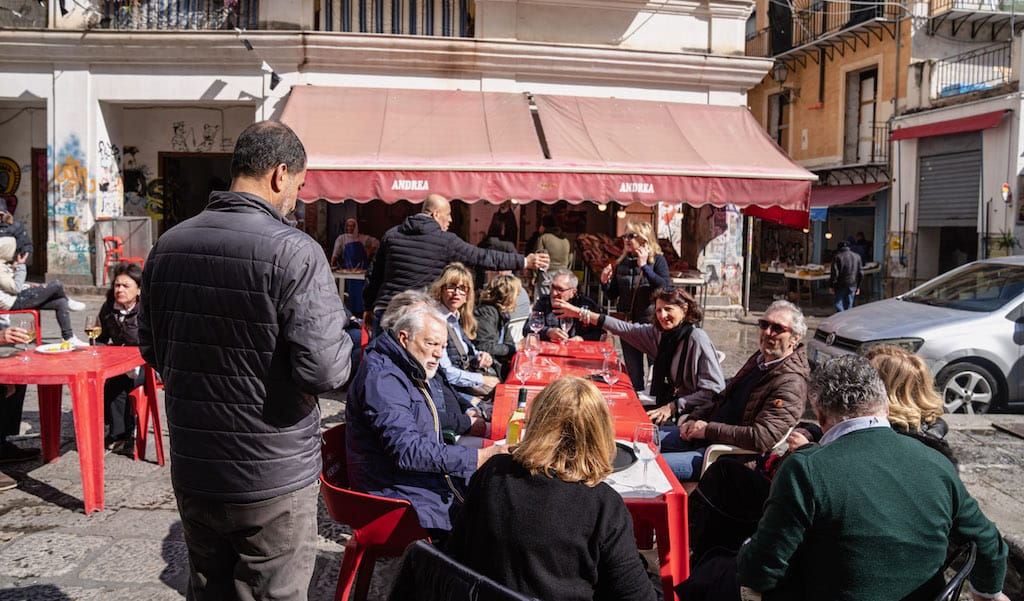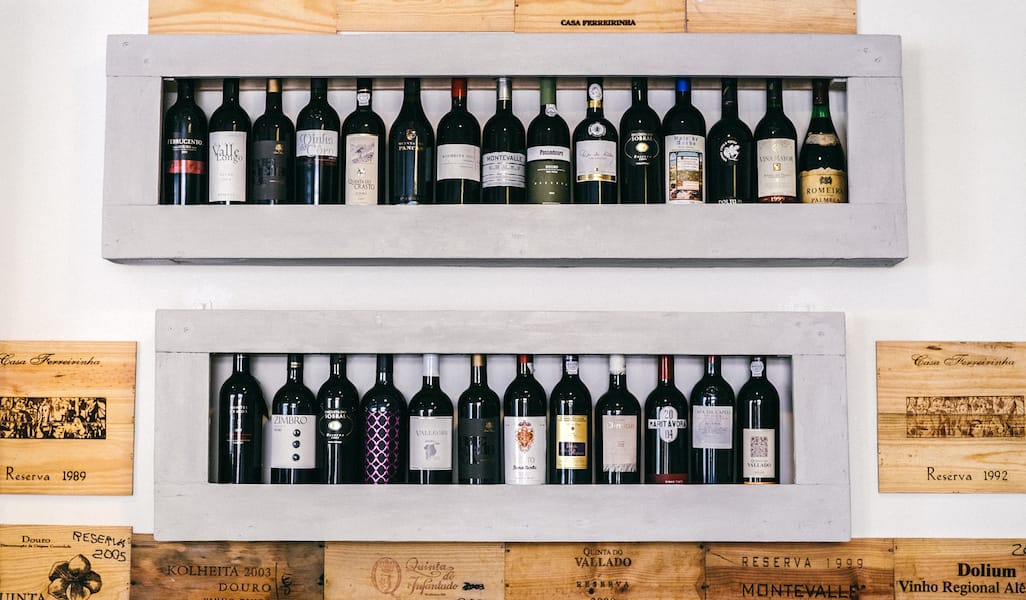Mets is undeniably one of central Athens’ prettiest neighborhoods, a mostly residential area filled with a mix of neoclassical houses, Bauhaus architecture and 1960s-era buildings that is also home to the city’s historic First Cemetery. Legend has it that the neighborhood was named after a beer parlor that was in turn named after the city of Metz in northeastern France. On the periphery of Mets, hidden rather incongruously in the basement of an old building, To Koutouki tou Marathoniti is the kind of place you would never find if you didn’t know it existed.
A koutouki is a traditional taverna located underground, and To Koutouki tou Marathoniti is in many ways a typical koutouki, with décor that includes a mosaic floor and a row of wine barrels adjoining one wall, and another wall adorned with goat horns. This is where the typical taverna part ends, however. The area right outside the kitchen resembles a Greek living room, with a white curtain in the crocheted style favored by grannies all over Greece, a Greek flag hung over the entrance to the kitchen, a plasma TV (which, thankfully, is always off), and two silver-framed pictures of the owners’ grandfather, who first opened the place. Even more unusual, there is a small shrine with a few religious icons and a small votive oil lamp in one corner. The current, third-generation owners, two brothers in their late twenties, act as if they are literally in their living room – some days they actually serve food in sweatpants and sneakers.
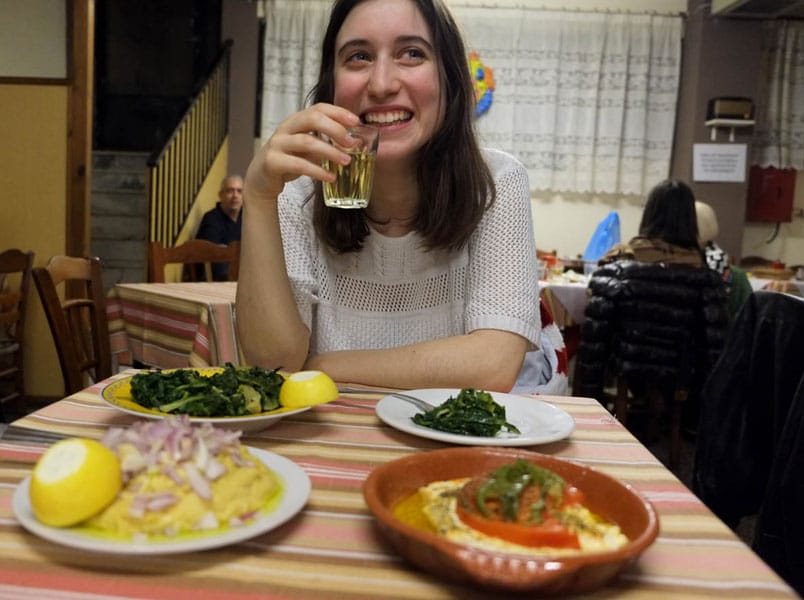
The menu hasn’t changed in more than 50 years, and it shows, as To Koutouki tou Marathoniti serves fare that is rather unusual by modern Athenian standards. There are some traditional Athenian taverna dishes, such as boiled wild herbs and fava bean purée served warm with coarsely chopped onions on top. Even better, the taverna makes some of the best kolokythokeftedes and tomatokeftedes we have ever tasted in an Athens restaurant. These fritters (the word “kolokythokeftedes” comes from kolokythi, zucchini, and keftedes, meatballs; “tomatokeftedes” is same thing with tomato) are made with grated vegetables instead of meat, along with some cheese and flour, formed into small vegetable patties that are fried in hot olive oil. To Koutouki’s have a delicate, melt-in-the-mouth texture inside, with a wonderfully crisp outside.
But To Koutouki tou Marathoniti’s secret weapon is its chops. Aside from lamb chops – which can be found at a number of venues in the city – they also do “chicken chops” (mostly deboned thighs), served piping hot and tender, marinated with salt, lemon and oregano and accompanied by hand-cut fries that have also been marinated with the same mix. The surprise dish, however, is the ewe’s chops – chops from a full-grown female sheep. Ewe meat is a rare delicacy that is mainly cooked in mainland and Northern Greece or in the outskirts of Athens. Since it comes from an older animal, it is a very tricky meat that can be chewy and gamey. The chops at To Koutouki, however, are quite tender, with a distinct, mature taste – think of this as the sheep equivalent of a good beefsteak.
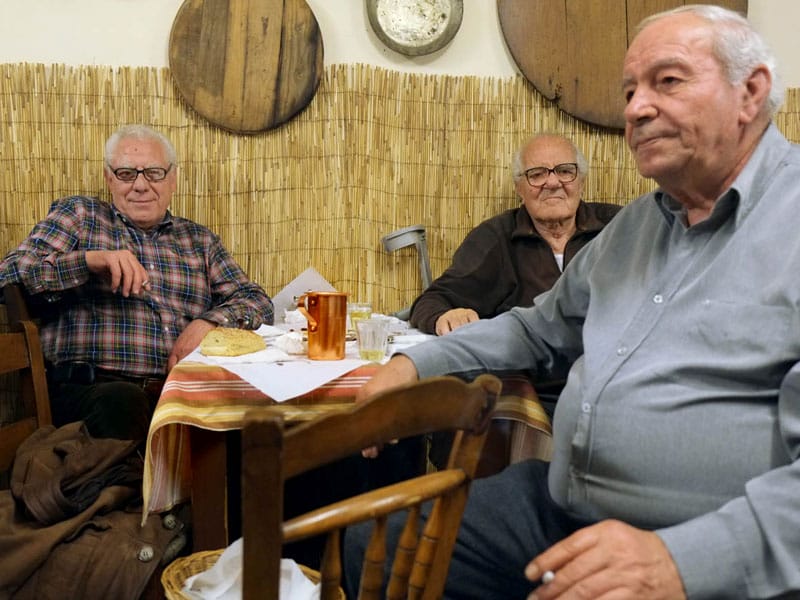
This no-frills place is only open at night and they only have one type of wine, a fragrant retsina. The atmosphere is thick with smoke and your clothes will reek afterwards of food and cigarettes, but that’s all part of the charm. And though it offers excellent value for money, don’t expect a receipt at the end of your meal. The venue also lives up to the koutouki tradition in terms of entertainment: There is live music on Fridays and Saturdays, and even on the days when there is no live music, customers will often bring their own musical instruments and sing along. On our last visit, our fellow diners included a group of octogenarians who played, sang and danced to an accordion, as well as a group of twenty-something students who played the bouzouki – a rare, old-fashioned Greek treat.
 January 12, 2021 CB Book Club
January 12, 2021 CB Book Club
We recently spoke to Mely Martínez about her cookbook, The Mexican Home Kitchen (Rock […] Posted in Mexico City August 29, 2023 Palermo: The State of the Stomach
August 29, 2023 Palermo: The State of the Stomach
As the sun dawns over the city of Palermo, warming the narrow streets still dampened by […] Posted in Palermo November 10, 2017 Tasca Tables
November 10, 2017 Tasca Tables
“The reports of my death have been greatly exaggerated.” There is no better way to […] Posted in Lisbon
Published on March 20, 2013
Related stories
January 12, 2021
Mexico City | By Culinary Backstreets
Mexico CityWe recently spoke to Mely Martínez about her cookbook, The Mexican Home Kitchen (Rock Point, September 2020), which compiles the traditional home-style dishes that feed Mexican families day in and day out. These include comforting foods like caldo de pollo and carne con papas, celebratory recipes like mole poblano and pastel de cumpleaños, and classics…
August 29, 2023
Palermo | By Francesco Cipriano
PalermoAs the sun dawns over the city of Palermo, warming the narrow streets still dampened by the night, merchants in the old quarter set up stands with their products: plentiful fruits, vegetables, meat and fish await the Palermitans who prefer to do their shopping here rather than in supermarkets illuminated by cold neon lights. At…
November 10, 2017
Lisbon“The reports of my death have been greatly exaggerated.” There is no better way to describe what happened to Stop do Bairro, one of Lisbon’s landmark tascas, than to give it a voice and use the famous Mark Twain quote. Indeed, there were reports of its death when the doors of its original location, in…







































